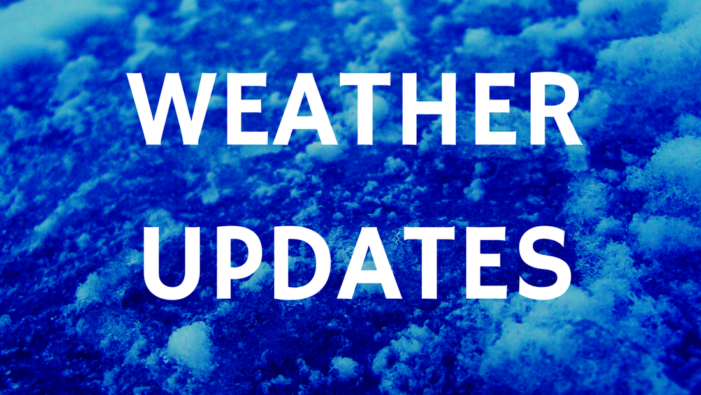Srinagar recorded a minimum of -4.8°C, while Qazigund registered -5.4°C. The tourist destinations of Pahalgam and Gulmarg remained among the coldest spots, with temperatures plunging to -8.4°C and -7.4°C, respectively. Other areas like Shopian and Larnoo saw minimums of -7.9°C and -8.8°C.
In the Jammu division, temperatures also reflected winter’s grip, although not as severe as the Kashmir Valley. Jammu recorded a low of 6.0°C, while Banihal experienced a much colder -1.5°C. Bhaderwah dipped to -0.7°C, and Padder reported a bone-chilling -8.1°C. Katra, a significant pilgrimage site, registered a minimum temperature of 6.8°C, maintaining milder conditions compared to other areas in the region.
The Ladakh region remained the coldest among all, with Leh recording -12.2°C, Kargil -13.7°C, and Drass a frigid -22.0°C, making it one of the coldest inhabited places in the region.
Meanwhile, the Meteorological Department has forecast a feeble Western Disturbance likely to affect Jammu and Kashmir starting Wednesday. Dr Mukhtar Ahmad, Director of the MeT Department, said that light snowfall might occur at isolated higher reaches during the early morning hours of January 16. From January 17 to 19, the weather is expected to remain generally cloudy, with no significant changes anticipated. On January 20 and 21, the department predicts cloudy skies with a chance of light snowfall at isolated to scattered locations, potentially extending winter’s icy hold across the region.
AGENCIES

